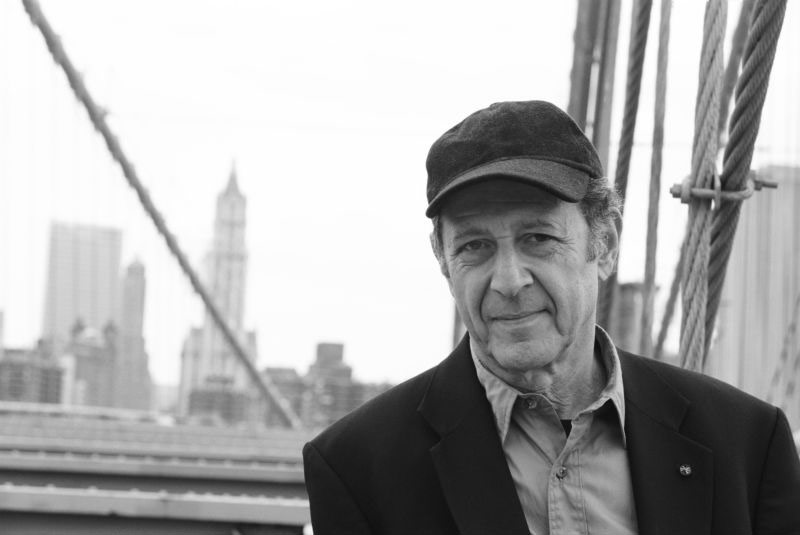New World Percussion Consort shows the Reich stuff

Steve Reich’s “Music for 18 Musicians” was performed Saturday night by the New World Percussion Consort.
The New World Symphony’s Percussion Consort presented American composer Steve Reich’s iconic Music for 18 Musicians Saturday night, attracting a festive, all-ages crowd for this one-hour, high-energy show.
Reich’s antiestablishment, accessible classical music caught fire immediately in the 1970s and still attracts new listeners. Music for 18 Musicians is his early masterpiece, quintessentially defining Minimalism’s basic elements: an ever-present pulse, tuneful fragments, slow change, and exaggerated repetition.
Reich’s maze-like stage setup has an immediate visual impact: six mallet percussion instruments and four pianos are wedged together, with two clarinets, two strings, and four singers in front. Amplification and colored lighting illuminating musical changes created a rock-show ambience.
Normally, such a large ensemble requires a conductor. In 18 Musicians, that job passes among various members of the ensemble. Michael Linville, the New World’s director of chamber music and the Percussion Consort’s usual conductor, was a pianist this time, providing an initial pulse and then falling back into the texture. Notably, vibraphonist Jay Ganser’s shining attacks signaled some of the more abrupt changes, or clarinetist Miles Jacques stood to give cues.
At first, the musicians had difficulty maintaining the basic pulse, as they entered on offbeats or with rapid subdivisions. Although unsteady, the resulting wash generated a pleasant drone, producing ringing overtones complementing the singer’s sustained voices. About five minutes in, Alex Wadner strongly established the pulse with the first melodic marimba fragment, and the ensemble hit its stride.
Reich treats each of eleven formal sections similarly: ear-worm melodies, pounding mallets, polyrhythms over the ever-present pulse, and massive amounts of repetition. Despite frenetic surface activity, the restricted chord changes produce a counterintuitive slowness in the music, creating a lulling, hypnotic effect.
An early highlight was Audrey Wright, Kevin Kunkel, Brad Whitfield, and Jacques’ distinctive string and bass clarinet lines surging in and out over a gradually diminishing background of singers and percussion, leading to a quiet, four-piano passage recalling Reich’s earlier piece, Piano Phase.
NWS always tries something new, this time using string fellows as singers. In particular, violinist Colleen McCullough both sang and learned marimba, for a six-mallet trio passage with Wadner and Matthew Decker, who played “upside-down,” opposite McCullough. In a second piano feature near the end, Ganser and Wadner joined pianists Yu Zhang and Nina Zhou for four-hand duets.
For the performers, Reich’s music is immensely challenging, requiring deep concentration for over an hour, without the rests, tempo, and register changes of other types of music. The continuous repetitions can quickly build tension, and Reich’s music doesn’t allow much space to release it. Try shaking a maraca steadily for ten minutes, as three of the musicians did impressively, and you get the picture.
One advantage of live performance is that the musicians’ gestures point out details to the listener that may be covered in a recording. In 18 Musicians, colors shift minutely but constantly. What seems like ten repetitions is subtly different each time, expertly illustrated through the Percussion Consort’s sensitive interpretation. Although the performance was perhaps not technically clean enough for a recording, their live version was far more captivating.
Posted in Uncategorized
Leave a Comment
Sun Apr 20, 2014
at 1:29 pm
No Comments






